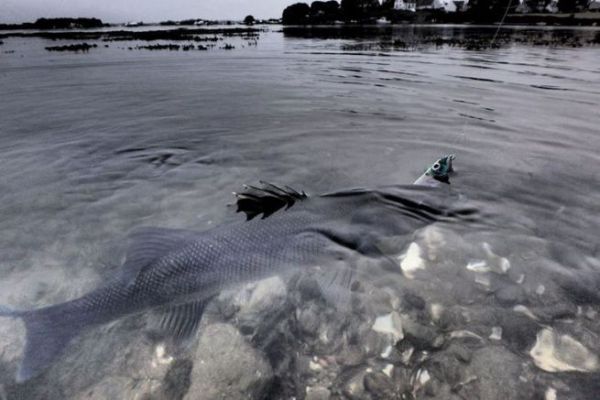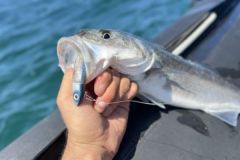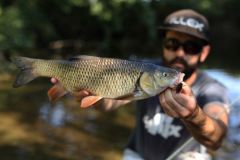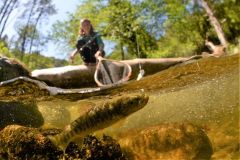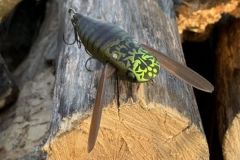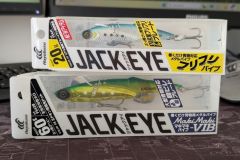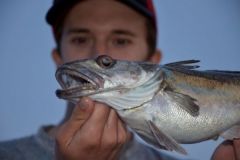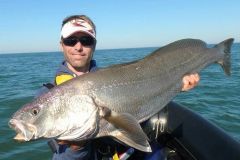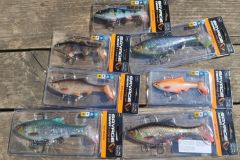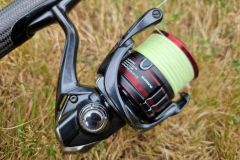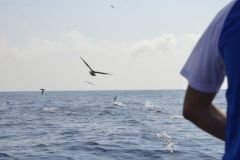While some surface lures can be animated with a linear retrieve on the reel, others need to be handled to swim properly on the water's surface.
Walking the dog
Imagine a dog walking along, waggling its head from right to left... This is the image you should try to reproduce when fishing with a stickbait . In fact, to be used correctly and be effective, these lures must be zigzagged.
To achieve this animation, you need to make short, more or less rapid, sweeping strokes of the tip while retrieving the rod on the reel. The difficulty, which is easily overcome, is to synchronize the retrieve speed with that of the rod animation. It's important to have the streamer slightly slackened between each animation to allow the stickbait to swerve.
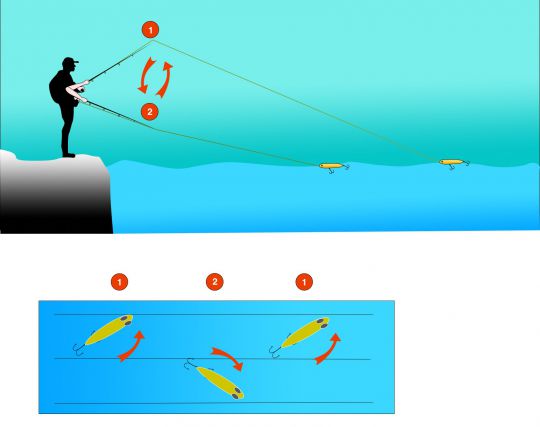
You can then make fast, low-amplitude animations, but also what are known as "long slides", which are much wider, slower lateral movements.
To vary your animations and give predators time to come up and attack your lure, you can take breaks on a more or less regular basis.
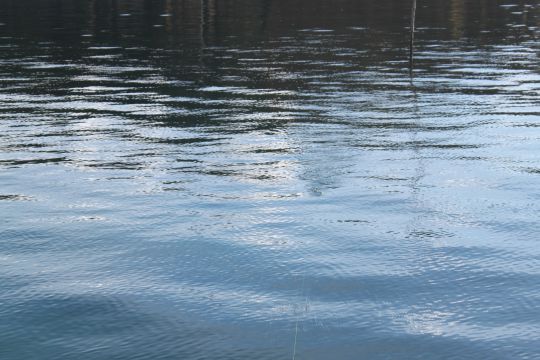
The pops
This activity is reserved for poppers which have a concave cavity at the front to trap an air bubble. Depending on the lure, you need to exert more or less ample and dry pulls to make this bubble burst at the water's surface. The bubble then produces the desired "pop", accompanied by a spray of water of varying intensity. The animation consists of short, dry shots followed by stop-and-go pauses. The sound you make will help you identify the success of your action. Then it's up to you to find the right rhythm and intensity for the day.
Linear recovery
Whether you're using propeller lures, crawlers or shads mounted as Texans and weightless, a linear retrieve using your reel is all you need to get them swimming properly. All you need to do is vary the speed and take breaks, or not, to break the monotony.
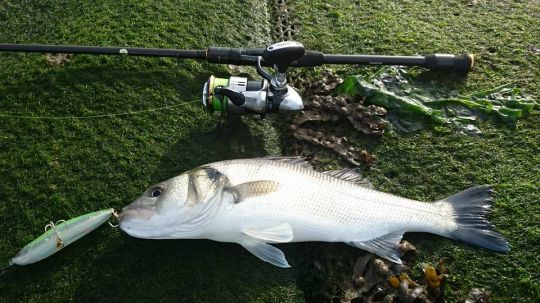
Wide shots
Propeller lures can be reeled in linearly, but it's also possible to animate them by using long, dry pulls to create maximum noise and a large spray of water on the surface, just like a popper. The action then consists of alternating pulls and pauses.
Frog jumps
When using a frog, the main objective is to imitate nature. It's often used in specific environments, but we also try to reproduce the specific movements of a frog. You can even throw your lure on the bank and make it jump into the water before animating it. Sometimes this simple manoeuvre is enough to trigger an attack. Then move it slowly forward in short, gentle strokes, as if it were moving from lily pad to lily pad.
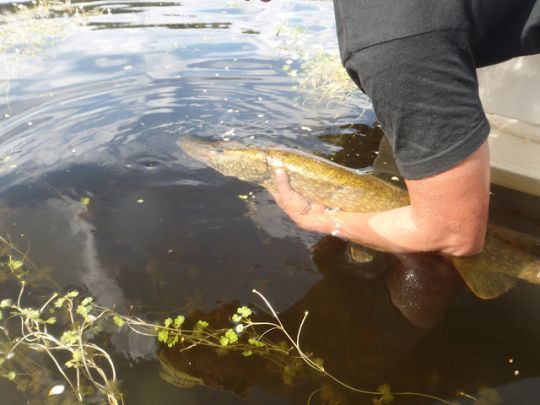
Vary the animations
What's fundamental in lure fishing in general is to vary these animations, not only to break the monotony, but also to find the one that will be most productive during your outing. You can therefore play with speed and power, but also with the frequency and duration of pauses, until you find what triggers the attacks of your target predators.
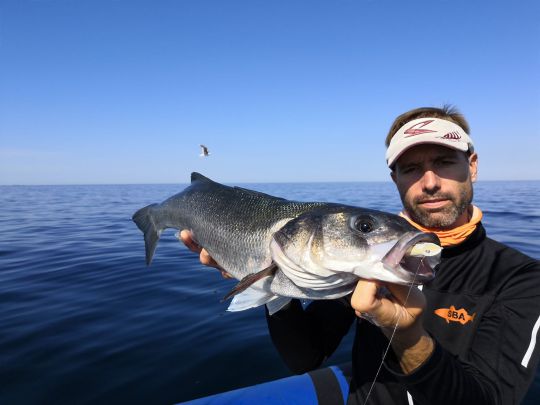
Delayed shoeing
When fishing surface lures, it's imperative to delay the strike. If you strike when you see the swirl of the attack, you'll pull the lure out of the fish's mouth. It's a good idea to observe the swirl and wait until you feel the line tense up before you strike. This is not always easy to do, as we are sometimes surprised by the attack and our reflexes take over, which is why we must try to stay focused and relaxed!

 /
/ 